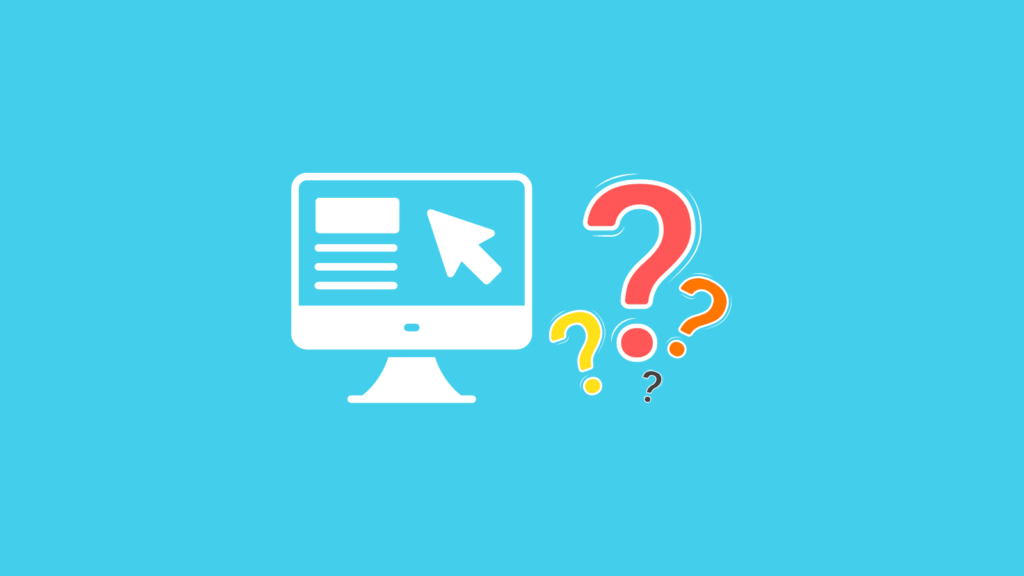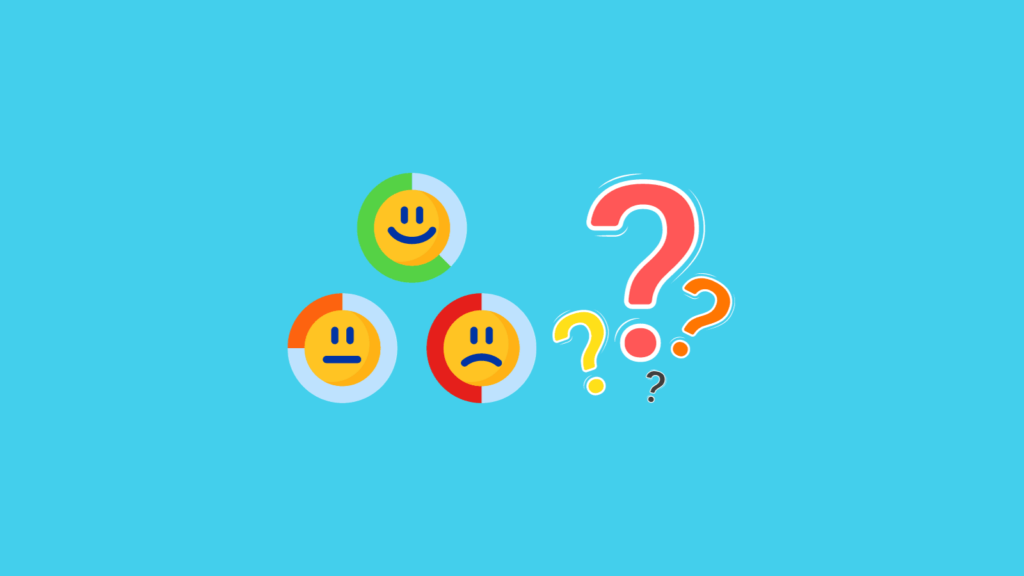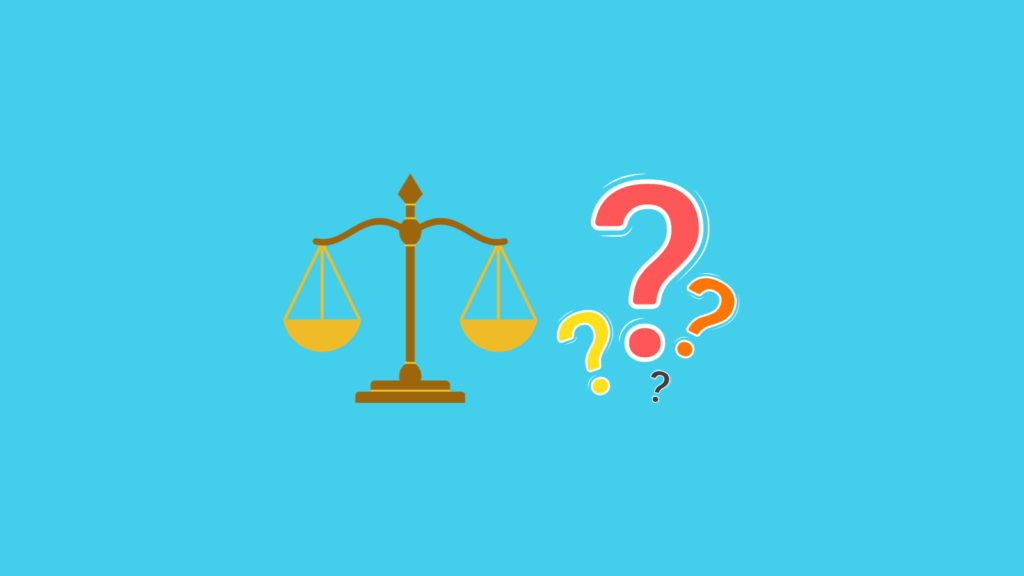Harnessing Web Scraping Tools for Precise Sentiment Analysis in Social Media Marketing
Chapters
- ¿Qué es el web scraping?
- ¿Cuáles son las herramientas de web scraping más utilizadas?
- ¿Qué es el análisis de sentimiento?
- ¿Cómo puedo utilizar el análisis de sentimiento en el marketing de redes sociales?
- Uso de herramientas de Web Scraping en un análisis de sentimiento preciso para el marketing en redes sociales
- Desafíos en el web scraping
- Comprender las medidas anti-scraping
- ¿Qué son Incapsula e Imperva?
- Cómo evitar Imperva:

What is Web Scraping?
Web scraping is a digital process that involves extracting large amounts of data from websites swiftly and efficiently. It utilizes automated tools to convert unstructured data, such as customer reviews or social media comments, into structured data that can be analyzed and utilized.
This technique is particularly valuable in sentiment analysis for social media marketing, as it allows marketers to gain insights into public opinion about their brand or product, identify trends, understand customer behavior, and refine their strategies accordingly.
What are the Commonly Used Web Scraping Tools?
There are a plethora of web scraping tools available, each boasting unique features. Some of the most commonly used tools include:
- BeautifulSoup: A Python library used for parsing HTML and XML documents. It’s ideal for projects that require data extraction from websites.
- Scrapy: Another Python-based tool that provides all the tools needed to extract data from websites, process it, and store it in your preferred format.
- Octoparse: A visual scraping tool that handles both static and dynamic websites with AJAX, JavaScript, cookies, etc. It offers cloud-based data extraction.
- ParseHub: This tool can handle interactive maps, calendars, and even images. It uses machine learning technology to recognize the most complicated documents on the web, offering a free plan with limited features.
- Import.io: This tool allows users to scrape data from any webpage into a clean table format.
Remember, choosing the right tool depends on the complexity of the website and the scale of the data extraction required for your specific task.
What is Sentiment Analysis?

Sentiment analysis service, often referred to as opinion mining, is a subfield of Natural Language Processing (NLP) that identifies and extracts subjective information from source materials. This technique is utilized to determine the emotional tone behind words and to gain an understanding of the attitudes, opinions, and emotions expressed within an online mention. Its applications are broad and powerful, ranging from businesses understanding their customer’s sentiment towards products or brands to political campaigns monitoring public sentiment about candidates and issues.
How can I use Sentiment Analysis in Social Media Marketing?
Sentiment analysis can be an incredibly effective tool in social media marketing strategies. It allows businesses to monitor the emotional responses to their brand, products, or services across various social media platforms.
This kind of real-time data can reveal both positive and negative perceptions, thereby guiding the way you respond.
For instance, positive sentiment can help identify what aspects of the marketing strategy or product offerings are resonating well with the audience, and similarly, negative sentiment can highlight areas where improvements may be needed.
Furthermore, sentiment analysis can aid in competitive analysis by providing insights into public sentiment towards competitors’ products or services. It’s a powerful feedback tool that can help fine-tune marketing approaches and improve overall customer engagement.
Use of Web Scraping Tools in Precise Sentiment Analysis for Social Media Marketing
Web scraping tools play a critical role in executing precise sentiment analysis in social media marketing.
These tools are designed to automatically extract and collate data from various social media channels. The gathered data, which includes user comments, reviews, likes, and shares, is then subjected to sentiment analysis to identify prevailing customer attitudes toward a brand, product, or service.
This process facilitates a comprehensive understanding of social media trends, audience preferences, and overall public opinion. By harnessing web scraping tools, businesses can achieve more accurate and in-depth sentiment analysis, ultimately enabling them to make informed marketing decisions and strategies.
Challenges in Web Scraping
Web scraping in sentiment analysis offers significant advantages; however, businesses may encounter several challenges in its implementation:
- Data Extraction Difficulties: The vast and ever-changing nature of social media platforms presents challenges in extracting data. Each platform has unique interfaces, structures, and data formats, making it difficult to devise a one-size-fits-all scraping strategy.
- Ethical and Legal Concerns: Web scraping raises ethical and legal concerns. It is crucial for businesses to ensure they adhere to the terms and conditions of websites and respect privacy laws when collecting and using data. Ignoring these aspects can result in serious legal consequences and harm a business’s reputation.
- Anti-Scraping Measures: Many websites implement anti-scraping measures like CAPTCHAs and IP blocking to prevent automated data extraction. Overcoming these barriers often requires advanced and time-consuming techniques.
Properly addressing these challenges is essential to leverage the benefits of web scraping in sentiment analysis effectively.
Understanding Anti-Scraping Measures
Anti-scraping measures are security mechanisms that websites use to deter or prevent web scraping, which is the automated extraction of web data. Here’s a breakdown of those measures:
- CAPTCHAs: You’ve likely encountered CAPTCHAs while browsing online. They are tests designed to differentiate between humans and bots. The name is an acronym for “Completely Automated Public Turing Test to Tell Computers and Humans Apart.” CAPTCHAs often present distorted text, image selections, or simple mathematical problems that, in theory, only humans can solve. They are used as an anti-scraping measure to ensure that the data extraction actions are conducted by humans, not automated bots.
- IP Blocking: Websites can also track and restrict IP addresses that show non-human browsing patterns, such as rapid-fire access to multiple pages in a short time frame, which is a common characteristic of web scraping bots. Websites can then block these IP addresses, preventing further access to the site’s data.
- 3. Anti-Bot Services: Services like Imperva offer comprehensive bot management solutions to detect and mitigate malicious bot activities including data scraping. These services use advanced client classification, machine learning, and progressive challenges to block bots while ensuring human users’ experiences are not disrupted. These services add an extra layer of security by identifying the threat before it can reach the website’s server, which, in turn, preserves site performance and integrity.
Overcoming these anti-scraping measures often requires sophisticated techniques. Imperva, previously known as Incapsula, is a comprehensive WAF service suite designed to safeguard websites from unwanted connections. While it serves legitimate purposes, it is commonly employed to thwart web scrapers from accessing public data.
What are Incapsula and Imperva
Imperva/Incapsula stands as one of the pioneering WAF services utilized by websites to counteract web scraping, and its significance is widely acknowledged within the web scraping community.
Incapsula and Imperva are both companies in the cybersecurity sector, but they offer different types of services. Incapsula, which is now a part of Imperva, primarily focuses on providing cloud-based security and data services to businesses. It offers cloud application delivery, DDoS protection, and a Cloud Application Security Firewall.
Imperva, on the other hand, provides comprehensive, integrated security solutions to protect data and applications, whether on-premises, in the cloud, or across hybrid environments. Their product portfolio includes web application and data security, DDoS protection, bot management, and risk analytics. Incapsula’s services are part of Imperva’s larger suite of products. Therefore, while Incapsula focuses on specific areas of cybersecurity, Imperva offers a more holistic approach to data and application protection.
How to bypass Imperva:
Before diving deeper into bypassing Imperva, it’s crucial to understand the implications and legality involved. Bypassing security measures can blur the line between ethical data gathering and privacy infringement, so responsible and ethical use of the information in this guide is advised.
Is it Legal to Bypass Imperva?

While the technical aspects of bypassing security measures like Incapsula during web scraping are within reach, the legality of such actions is a complex issue. Laws regarding web scraping vary from country to country and can hinge upon several factors such as user consent, data sensitivity, and the potential harm to the website.
It’s important to remember that while scraping public data may be permissible, bypassing security measures could be seen as unauthorized access, which can be illegal.
Therefore, it’s recommended to carefully review the website’s terms of service and potentially seek legal advice before engaging in activities that bypass security measures like Incapsula.
In brief, here are some areas where scrapers can enhance their methods to evade detection:
1. Use high-quality residential or mobile proxies
Residential or mobile proxies are valuable tools in web scraping. They mask the IP address of scraping bots, making them harder to detect. These proxies route requests through different IP addresses, imitating real user behavior and reducing the risk of being blocked. Since they are associated with real locations or mobile devices, they are less likely to be flagged as suspicious compared to data center proxies. They also enable geo-targeted scraping, accessing location-specific data. High-quality residential or mobile proxies can greatly enhance web scraping operations.
2. Use the HTTP2 (or later) version for all requests.
Using HTTP2 or later versions for all requests is a smart way to avoid detection. Modern websites primarily rely on HTTP2 or later versions for client-server communication, making it a recommended choice for web scrapers. By mimicking the behavior of legitimate users, scrapers can reduce the chances of their activity being flagged as suspicious. Additionally, HTTP2 offers performance improvements like multiplexing and header compression, which help disguise scraping within normal website traffic. Keeping scraping tools up-to-date with the latest web server technologies and standards is essential for staying undetected.
3. Match request header values and ordering of a real web browser.
Matching request header values and mimicking the order of a real web browser is crucial for evading detection during web scraping. Web servers inspect header values to identify suspicious activity, and inconsistencies can trigger alarm bells, leading to blocking. By maintaining the same headers as a real browser, along with updated HTTP versions and high-quality proxies, you can significantly decrease the chances of detection while web scraping.
4. Utilize headless browser automation to generate JavaScript fingerprints.
Using headless browser automation for generating JavaScript fingerprints is an effective method to avoid detection while web scraping. Many modern websites detect bots by using JavaScript to display dynamic content. A headless browser can execute JavaScript like a regular user’s browser, making your scraping activities appear more legitimate. It can also gather data rendered or changed by JavaScript, which is not possible with traditional scraping methods. Headless browser automation enhances your ability to blend in with normal traffic and access dynamic data, increasing the success of your web scraping while reducing the likelihood of being identified and blocked.
5. Distribute web scraper traffic through multiple agents.
Distributing web scraper traffic through multiple agents is critical for anonymity during web scraping. When many requests come from a single IP address in a short period, it’s a sign of scraping activity and can result in IP blocking. By using multiple agents or proxies, you simulate users accessing the website from different locations, making your scraping less suspicious and harder to detect. If one IP gets blocked, you can continue scraping with other agents, ensuring uninterrupted data collection. It’s a way to evade detection and maintain resilience in your scraping operations.
Remember to stay updated with web scraping tools and library updates, as Imperva continues to develop and improve its methods. For example, check out the Puppeteer stealth plugin for Puppeteer, which keeps track of new fingerprinting techniques.
Improve your Marketing with the Power of AI
See how you can start with AI Marketing and reach your goals faster than ever before. Check out the Tips, Strategies, AI Tools, Masterclass, Courses, and Community. Unleash the true potential of your brand with the help of AI.